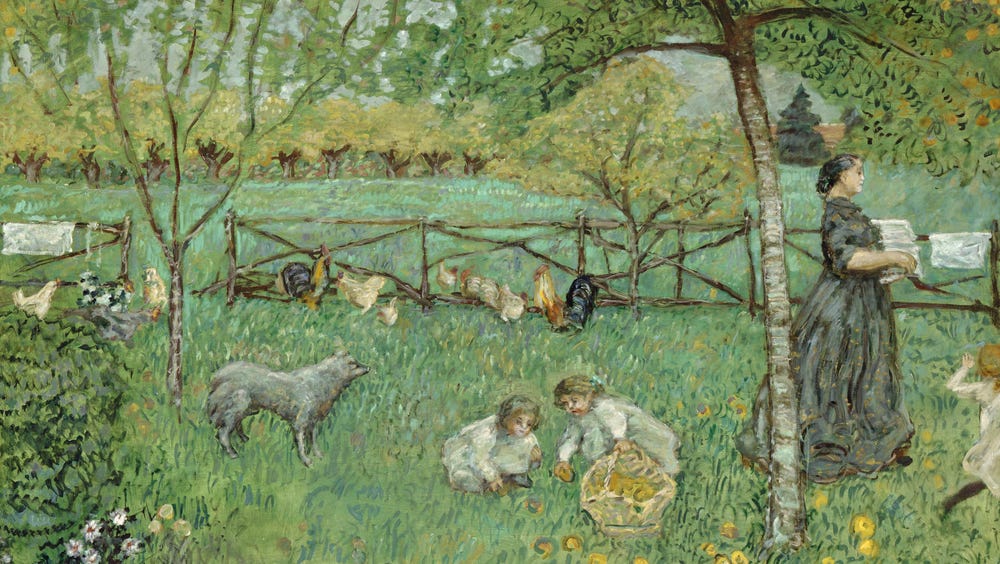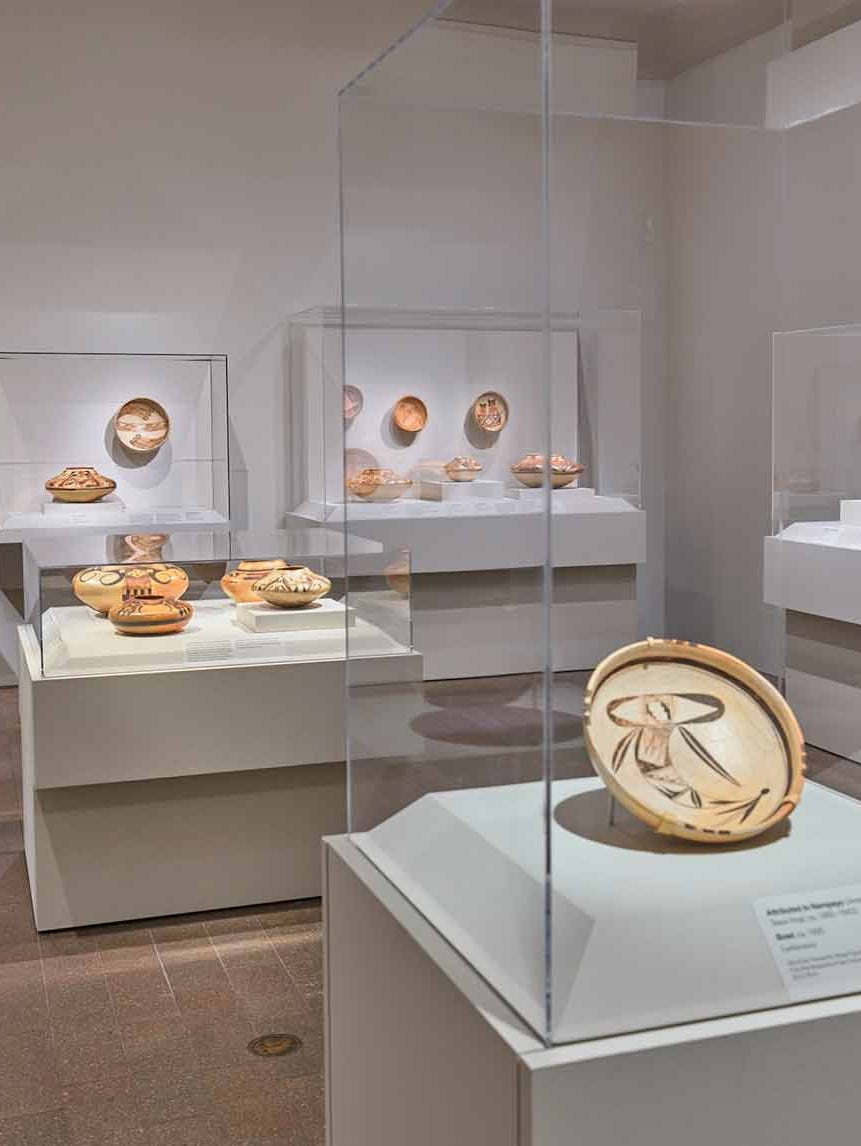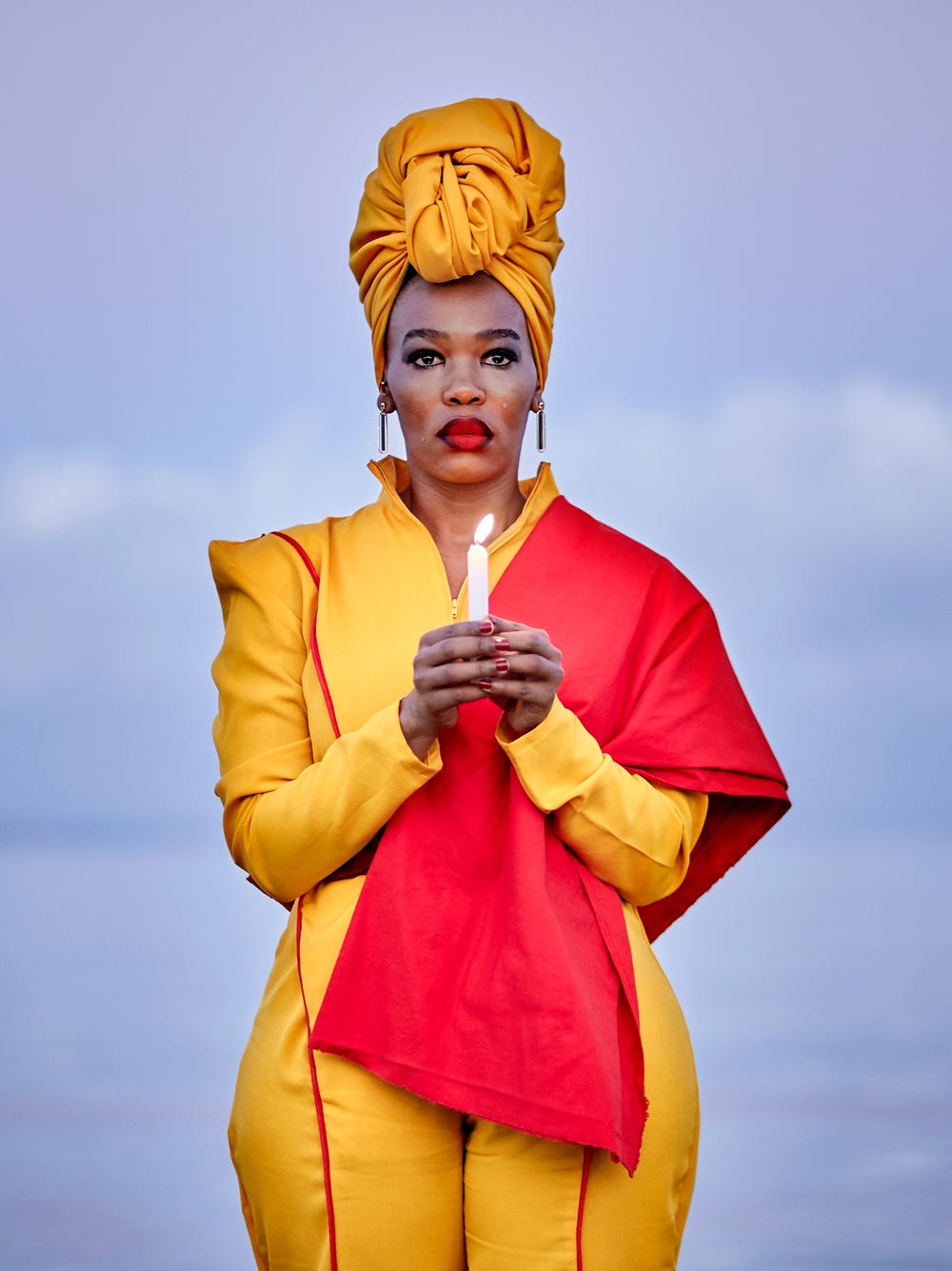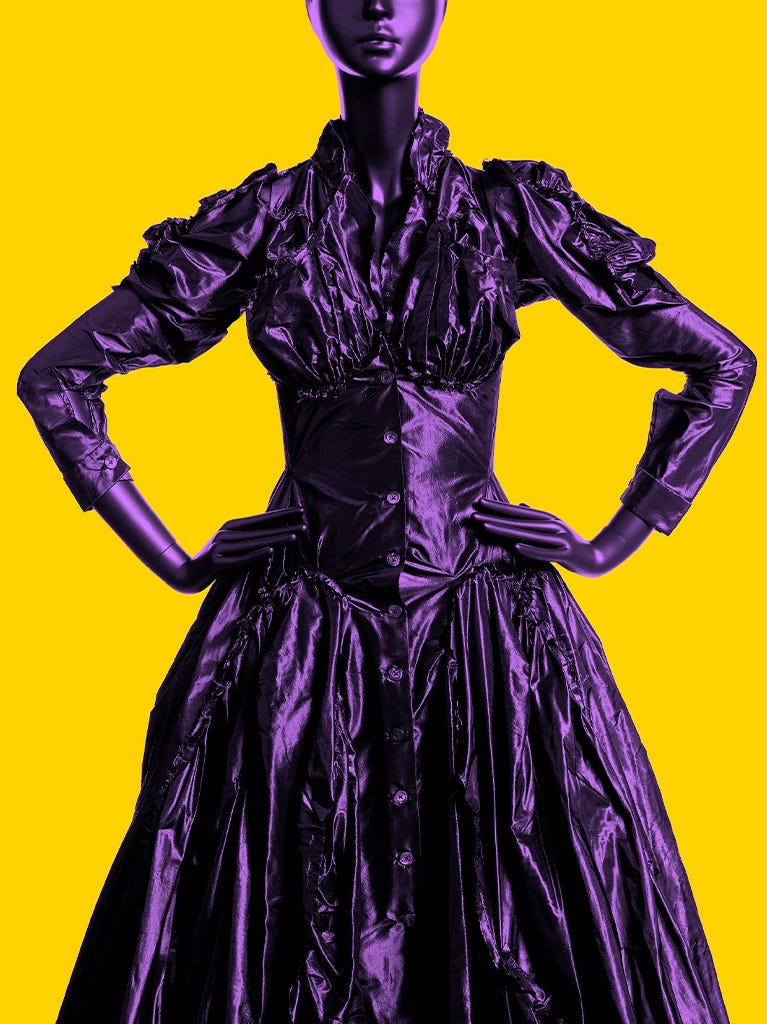Pierre Bonnard, Le Grand Jardin (detail), 1895. Huile sur toile. Collection of the Musee d’Orsay
Pierre Bonnard: Painting Arcadia
Jump to
Pierre Bonnard: Painting Arcadia is the first major international presentation of Pierre Bonnard’s work to be mounted on the West Coast in half a century. The exhibition will feature approximately 75 works that span the artist’s complete career, from his early Nabi masterpieces, through his experimental photography, to the late interior scenes for which he is best known.
The exhibition celebrates Bonnard (French, 1867 – 1947) as one of the defining figures of modernism in the transitional period between Impressionism and abstraction. Several themes from Bonnard’s career will emerge, including the artist’s great decorative commissions where the natural world merges with the bright colors and light of the South of France, where windows link interior and exterior spaces, and where intimate scenes disclose unexpected phantasmagorical effects.
Among the many significant paintings on view will be Man and Woman (1900, Musée d’Orsay), in which the artist has depicted his lifelong companion and one of his constant subjects, Marthe de Méligny. Also featured will be such masterpieces as The Boxer (Self-Portrait) (1931, Musée d’Orsay) and The Work Table (1926 – 1937, National Gallery of Art); and decorative panels and screens, including View from Le Cannet (1927, Musée Bonnard) and Pleasure (1906 – 1910, Musée d’Orsay).
Pierre Bonnard: Painting Arcadia will offer a fresh interpretation of Bonnard’s repertoire, and a reconsideration of the artist as one of the foremost practitioners of modernism.
About the artist
Born just outside of Paris in 1867, Pierre Bonnard was the son of a high-ranking bureaucrat in the French War Ministry. In 1887 he enrolled in classes at the Académie Julian in Paris, where he became a student and follower of Paul Gauguin. Gauguin’s teaching inspired a group of young painters known as Les Nabis (after the Hebrew words navi or nabi, meaning prophet), with whom Bonnard joined. By the early years of the twentieth century, the Nabis had disbanded, and for the remainder of his career, Bonnard resisted affiliation with any particular school. Instead, he alternated between the themes and techniques of the Impressionists and the abstract visual modes of modernism.
Bonnard worked in many genres and techniques, including painting, drawing and photography. From the domestic and urban scenes of his early Nabi period to the great elegies of the twentieth century, Bonnard’s output is grounded in a modernity that was transformed by his knowledge of works from other cultures, including Japanese woodblock prints and Mediterranean mosaics.
Sponsors
This exhibition is organized by the Fine Arts Museums of San Francisco, the Musée d'Orsay, Paris, and the Fundación MAPFRE, Madrid. Presenting Sponsors: Cynthia Fry Gunn and John A. Gunn, and the San Francisco Auxiliary of the Fine Arts Museums. Director’s Circle: William K. Bowes, Jr. Foundation and Diane B. Wilsey. Benefactor’s Circle: Lucinda B. Watson. Patron’s Circle: George and Marie Hecksher, and David A. Wollenberg.
The catalogue is published with the assistance of the Andrew W. Mellon Foundation Endowment for Publications.
This exhibition is supported by an indemnity from the Federal Council on the Arts and the Humanities.



